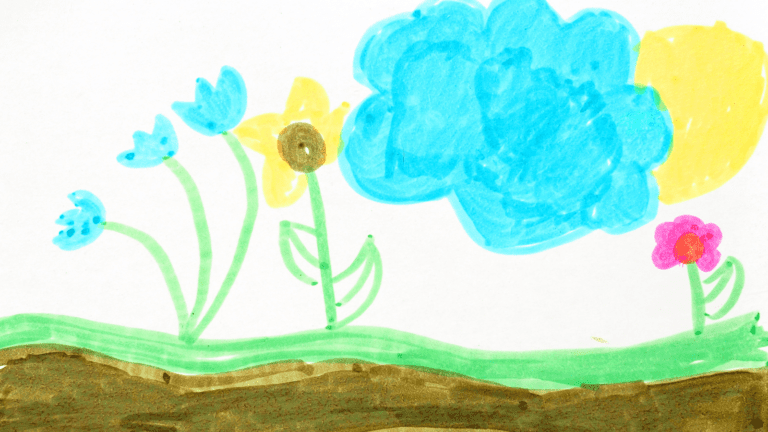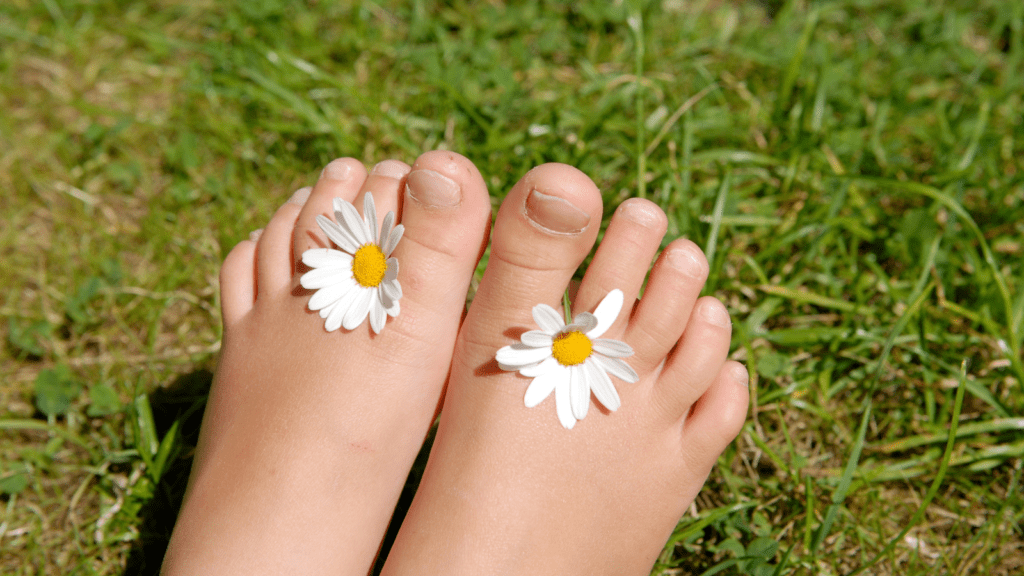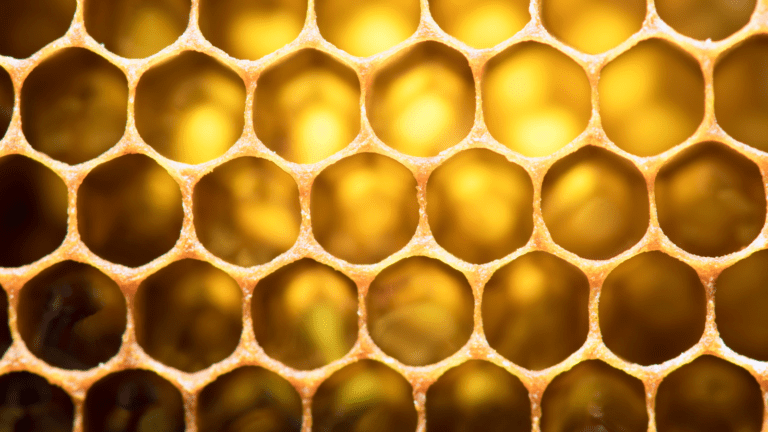Connecting our kids with nature

For parents, any opportunity for children to ditch the indoors and connect with nature—for some grass-tickling-toes and dirt-under-your-nails experiences—is something warmly welcomed. This is not necessarily solely driven by the desire to create childhood memories in the fresh air, but also to help them appreciate this precious planet we live on, so they can play their part in protecting it and regenerating nature.
Mother Earth Day is on the 22nd of April and is a perfect reason to engage with a nature-based activity. Gardening always springs to mind as an accessible and enjoyable way to pass some time as a family.

Three child-friendly gardening activities to regenerate nature:
1. Plant a vege garden
You don’t need a big space to do this. A couple of pots or a repurposed container of some description will suffice if you’re short on space. Whichever option you choose, include some quick growing options like sugar snap peas or radishes in your planting plan to provide some (not quite) instant gratification for the little ones. Potatoes are a fun option if you have a little more patience. Digging around in the soil to discover homegrown tasty tubers is one of nature’s great treasure hunts!
Growing your own produce has many planet-friendly benefits:
🌸 removing the carbon footprint from food miles
🌸 removing waste from packaging
🌸 reducing food waste—you can pick what you need each day.
And an added bonus is an increased uptake in vegetable eating: research shows children are more likely to eat veges they’ve helped grow.
Eating more vegetables—due to their lower environmental impact than meat—and reducing food waste are two core actions the UN is promoting as part of their Act Now platform and Mother Earth Day.
2. Start a bee friendly garden
The importance of bees for pollination is well known, with experts stating 1/3 of the globe’s food production is dependent on bees. Planting a variety of flowering plants with your child will not only help support the bee population, but is a wonderful way to create a sensory experience by selecting flowers of different colours, shapes and scents.
When deciding what to plant, include some blue and yellow flowers—these are said to be most attractive to bees. Popular flowering plants include lavender, lobelia, sweet peas, nasturtiums and marigolds. Flowering herbs serve a dual purpose: being both attractive to bees and a tasty addition to meals. Try planting rosemary, sage, borage and thyme.

3. Join a community planting day
If you’re not ready to start a garden at home or don’t have the space, joining a community planting day as a family is another way to connect with nature. Revegetation projects have huge environmental and social benefits. Trees are essential to combat climate change with their CO2 absorbing properties, and in providing habitats for many species. From a social perspective, trees make communities more attractive, provide shade, a natural place to congregate and help cool urban environments. Community planting days are run by councils and volunteer groups across both Australia and New Zealand. Check your local council or community group’s website for events and try Planet Ark if you are in Australia.

Providing engaging opportunities for children to enjoy the unique experience that time in nature offers can be as simple as planting a few carrot seeds. Even this small act can help us towards building a healthier and more resilient future. Let’s take the time this Mother Earth Day, to choose outside over inside for our children and get some dirt under our fingernails in celebration of this planet we call home.
Sources:
As Forests Are ‘Lungs of Planet’, Tree-Planting Contributes to Mitigating Climate Change Impact, Secretary-General Says at Event Commemorating International Day. https://press.un.org/en/2018/sgsm18945.doc.htm#:~:text=Trees%20and%20forests%20play%20an,dioxide%20and%20breathing%20out%20oxygen.
Community planting. https://www.canopy.govt.nz/plan-forest/why-plant-trees/community/
The best flowers for attracting bees. https://www.yourhomeandgarden.co.nz/inspiration/best-flowers-attracting-bees
The herbs you should plant to attract bees to the garden. https://www.stuff.co.nz/life-style/home-property/73583865/the-herbs-you-should-plant-to-attract-bees-to-the-garden
Why plant a tree. https://treeday.planetark.org/seedlingbank/why-plant-tree
- About the Author
- Latest Posts
Gemma is a mother of two young girls and calls Aotearoa, New Zealand home. She works in marketing and sustainability, has a Master of Business in International Business, and recently completed (and highly recommends) the University of Cambridge Business Sustainability Management course. Gemma is a passionate advocate for brands, organisations and individuals prioritising sustainability to ensure our planet can thrive for future generations.







